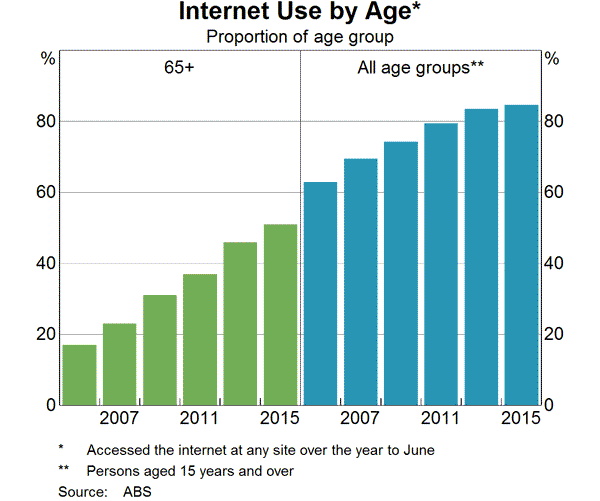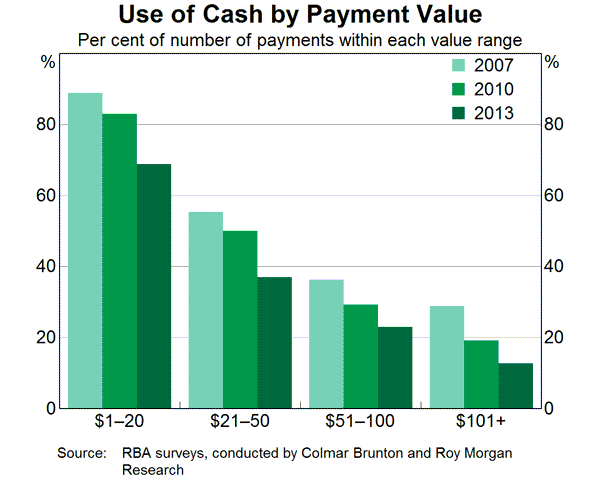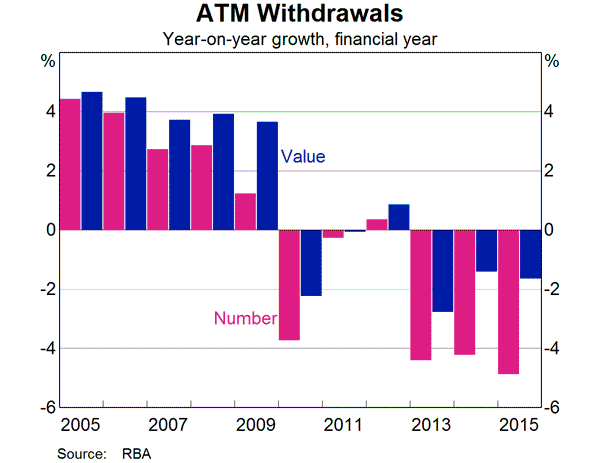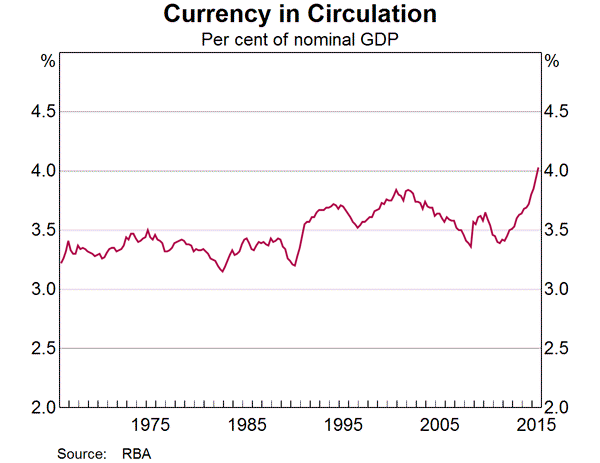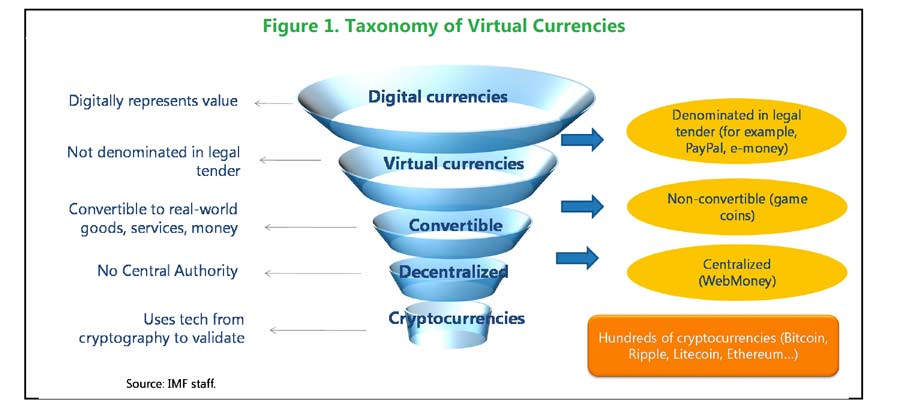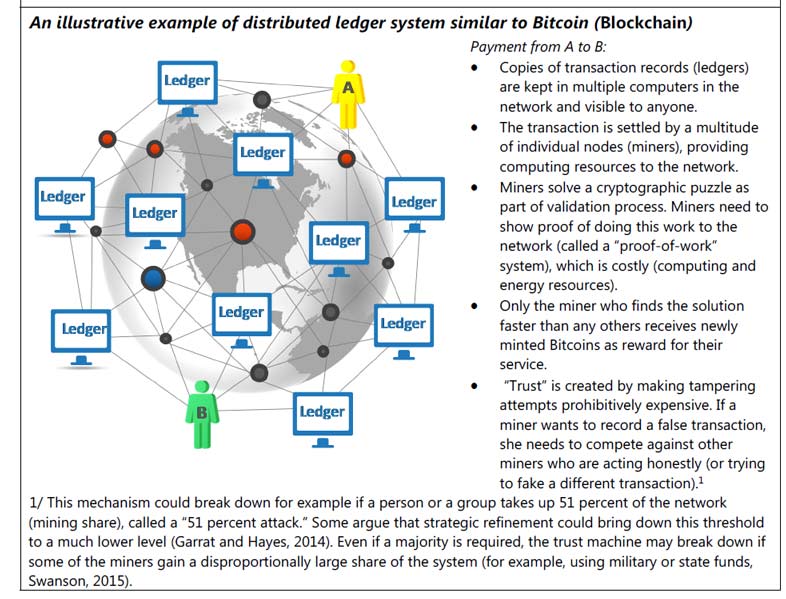In recent years, a number of reports have been prepared by organisations on financial inclusion, a topic whose importance is increasingly being recognised. However, few of these reports have addressed what may be called the “payment aspects” of financial inclusion. In cases where the topics of payment systems and payment services have been raised in the context of financial inclusion, discussion has focused only on specific aspects of payments, such as mobile payments, rather than on the payment system in its entirety. Understanding payments in a holistic sense, including how individual elements relate to one other, is crucial to an understanding of financial inclusion and to promoting broader access to and usage of financial services.
The report, published today, provides an analysis of the payment aspects of financial inclusion, on the basis of which it sets out guiding principles designed to assist countries that seek to advance financial inclusion in their markets through payments. The report was first issued in September 2015 as a consultation document. As a result of the comments, we have made changes to the report to strengthen the analysis and sharpen the message. The report has been prepared for the Committee on Payments and Market Infrastructures (CPMI) and the World Bank Group by a task force consisting of representatives from CPMI central banks, non-CPMI central banks active in the area of financial inclusion and international financial institutions.
This report is premised on two key points: (i) efficient, accessible and safe retail payment systems and services are critical for greater financial inclusion; and (ii) a transaction account is an essential financial service in its own right and can also serve as a gateway to other financial services. For the purposes of this report, transaction accounts are defined as accounts (including e-money/prepaid accounts) held with banks or other authorised and/or regulated payment service providers (PSPs), which can be used to make and receive payments and to store value.
The report is structured into five chapters. The first chapter provides an introduction and general overview, including a description of the PAFI Task Force and its mandate, a brief discussion of transaction accounts, and the barriers to the access and usage of such accounts. The second chapter gives an overview of the retail payments landscape from a financial inclusion perspective. The third chapter forms the core analytical portion of the report and outlines a framework for enabling access and usage of payment services by the financially excluded. Each component of this framework is discussed in detail in the report. The fourth chapter of the report describes the key policy objectives when looking at financial inclusion from a payments perspective, and formulates a number of suggestions in the form of guiding principles and key actions for consideration.
In this context, financial inclusion efforts undertaken from a payments angle should be aimed at achieving a number of objectives. Ideally, all individuals and businesses – in particular, micro-sized and small businesses – which are more likely to lack some of the basic financial services or be financially excluded than larger businesses – should be able to have access to and use at least one transaction account operated by a regulated payment service provider:
(i) to perform most, if not all, of their payment needs;
(ii) to safely store some value; and
(iii) to serve as a gateway to other financial services.The guiding principles for achieving these objectives of improved access to and usage of transaction
accounts are the following:
- Commitment from public and private sector organisations to broaden financial inclusion is explicit, strong and sustained over time.
- The legal and regulatory framework underpins financial inclusion by effectively addressing all relevant risks and by protecting consumers, while at the same time fostering innovation and competition.
- Robust, safe, efficient and widely reachable financial and ICT infrastructures are effective for the provision of transaction accounts services, and also support the provision of broader financial services.
- The transaction account and payment product offerings effectively meet a broad range of transaction needs of the target population, at little or no cost.
- The usefulness of transaction accounts is augmented with a broad network of access points that also achieves wide geographical coverage, and by offering a variety of interoperable access channels.
- Individuals gain knowledge, through awareness and financial literacy efforts, of the benefits of adopting transaction accounts, how to use those accounts effectively for payment and store-of-value purposes, and how to access other financial services.
- Large-volume and recurrent payment streams, including remittances, are leveraged to advance financial inclusion objectives, namely by increasing the number of transaction accounts and stimulating the frequent usage of these accounts.
Finally, the fifth chapter of the report addresses a number of issues in connection with measuring the effectiveness of financial inclusion efforts in the context of payments and payment services, with a particular emphasis on transaction account adoption and usage.


